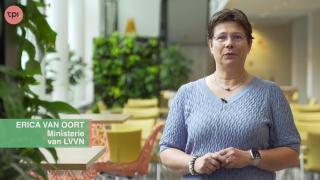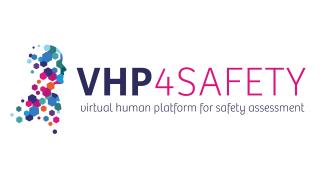Cultured human skin for burn research
Burns are often accompanied by a dysregulated immune response, which can lead to systemic inflammation, impaired immunity, and excessive scarring. A deeper understanding of the mechanisms behind burns—where wound healing and inflammatory reactions are severely disrupted—holds the key to improving patient outcomes. Patrick Mulder, a postdoctoral researcher at the Burn Research Lab in Beverwijk, the Netherlands, works with his colleagues to develop animal-free skin models based on human cells and patient-derived tissues. Using these innovative, human-relevant models, he aims to provide greater insight into the body’s response to burns and studies the effects of existing and new treatments on wound healing.
Click on the info button for the full version of the video.
New

Helpathon #12 – Can you help Erica?

The NAM Navigator: A unique repository for information on the validation and acceptance of New Approach Methodologies
